Annotation
- Ultraviolet
- Hormonal disorders
- Various diseases
- Cosmetic procedures
- Medicines
- Cosmetics
- Mechanical damage to the skin
- Genetics
- Allergic reactions
- Factors affecting skin sensitivity to sunlight
- Diseases associated with age spots
- Home and folk methods for removing pigmentation
- Elimination with lemon
- Elimination with parsley
- Dairy products
- Cucumber
- Potatoes
- How to prevent the appearance of age spots on the skin?
Pigment spots on the face and body are a source of irritation for many and cause a natural desire to get rid of them faster. The cause of excess pigmentation is a hormone called melanin. The color of skin, hair, and eyes is largely determined by the influence of this hormone. Active production of the substance occurs when tanning in the sun.
Melanin is formed in special skin cells - melanocytes. They, in turn, arise from nerve cells and retain dendritic processes from them. Melanocytes convert molecules of the amino acid dihydroxyphenylalanine (DOPA), which appears at the first stage of the oxidation of another amino acid - tyrosine. Further oxidation and polymerization of DOPA occurs in the cell with the appearance of melanin. The process itself is regulated by the so-called melanocyte-stimulating hormones of the pituitary gland.
Let's look at the most common causes of pigmentation on the face.
Ultraviolet
Exposure to ultraviolet radiation causes cell damage. The tan that appears is a protective response of the skin. Melanin in the skin works as a filter, absorbing over 90% of the ultraviolet radiation that reaches the surface of the body.
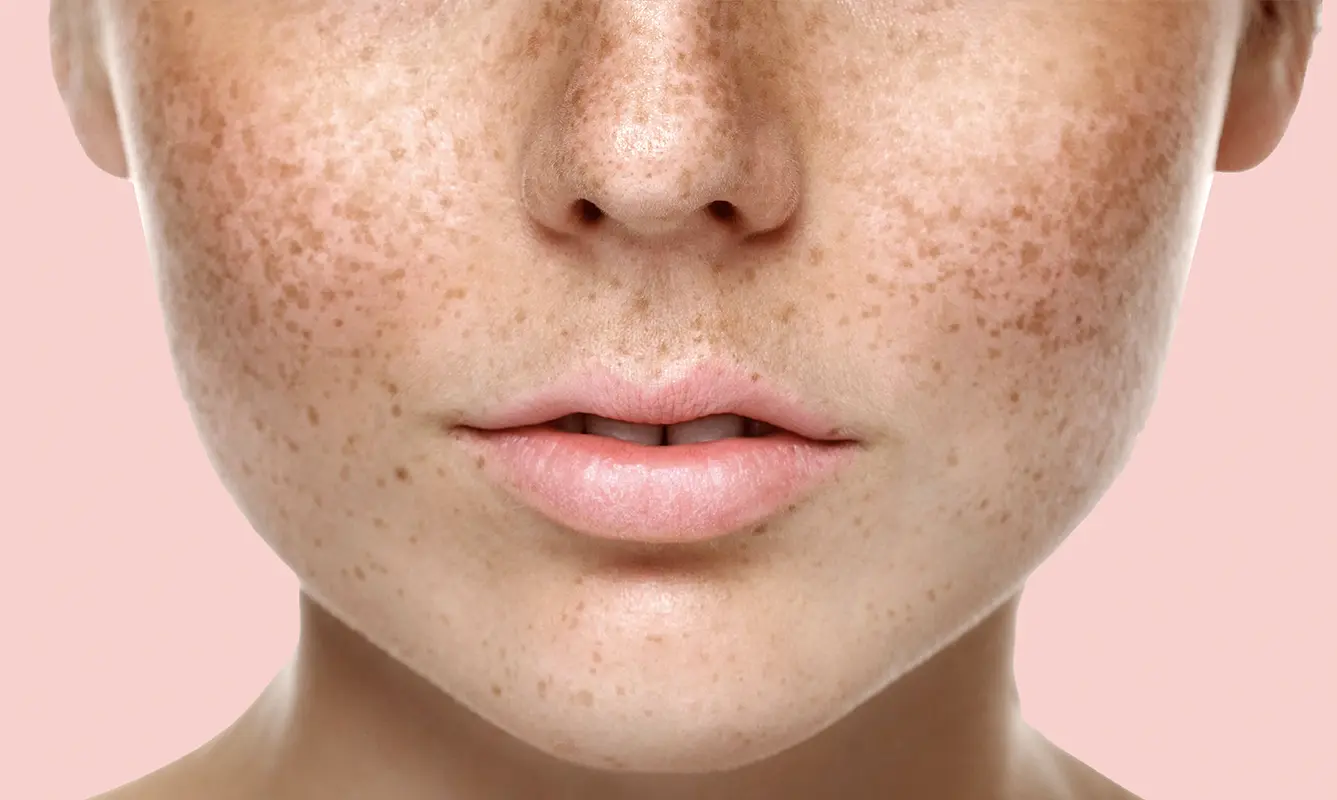
Melanin has a pair of free electrons. They bind to photons and neutralize free radicals that are formed in cells under the influence of solar radiation. That is, melanin not only directly protects the skin from ultraviolet radiation, but also acts as an antioxidant to restore skin balance after breakdown by radioactive elements. Under the influence of ultraviolet radiation, pigmentation can occur in the form of an uneven tan.
Hormonal disorders
Such dark spots tend to go away after some time after hormonal balance is restored.
Various diseases
Hyperpigmentation may be one of the consequences of the development of pathologies of internal organs, liver, kidneys, and gall bladder.
Cosmetic procedures
After some manipulations, the skin becomes more vulnerable to ultraviolet radiation. Therefore, after some procedures, strict adherence to recommendations for the recovery period is required. They include the use of special protective creams.
Age-related changes lead to skin aging and the appearance of age spots. They are observed in most women aged 50+.
Medicines
Some medications, such as hormonal contraceptives or antibiotics, may have side effects such as dermatitis or pigmentation.
Cosmetics
Some cosmetics may contain citrus oil or other aggressive ingredients. After using such cosmetics the skin is more exposed to ultraviolet radiation.
Mechanical damage to the skin
During peeling, the skin may be damaged. Exposure to sunlight can cause spots to appear on the forehead and face. A similar situation can arise after squeezing out pimples on your own. After such exposure, brown spots will remain in place of the squeezed out blackheads.
Genetics
The presence of excessive pigmentation in parents can be inherited.
Allergic reactions
Allergies and accompanying rashes can be caused by some components of cosmetic preparations. But these reactions are observed, as a rule, not only on the forehead and face.
Factors affecting skin sensitivity to sunlight
Scientists have discovered more than a hundred substances that, taken internally or externally, increase the skin's response to sunlight.
The skin reacts in two ways:
- A phototoxic reaction is the formation of free radicals in the skin, leading to skin damage and inflammation. Expressed as a classic sunburn. Many topical and topical agents can provoke an increased phototoxic reaction, including lime, celery and parsley (containing furocoumarin), fragrances, coal tar, 5-fluorouracil, drugs such as tetracyclines and thiazides.
- Photoallergic reactions are a type IV immune response. Ultraviolet light causes changes in the structure of cells that must bind to tissue proteins. As a result, a compound such as a hapten is formed - a low-molecular compound that acquires immunogenicity and becomes allergenic when weighted with a suitable carrier protein. Typically, rapid photoallergic reactions can be provoked by some aftershave lotions, sun protection products and bacteriostatic antibiotics from the sulfonamide family. Photoallergy can also occur on parts of the body that are protected from the sun. But in general it is less common.
A genetic factor explains polymorphic photodermatosis, which manifests itself as itchy rashes when exposed to ultraviolet radiation.
Diseases associated with age spots
Pigmentation in itself is not a symptom that requires immediate and persistent treatment. It may indicate a malfunction in the body, and the reasons may be different. Sometimes this is the result of genetic abnormalities, ultraviolet exposure or age-related changes. But in some cases, pigmentation accompanies the development of internal pathologies.

Avitaminosis, or deficiency of vitamins in the body. Pigmentation disorders may be associated with a lack of vitamins:
- A – promotes the uniform distribution of melanin in keratinocytes, maintains the normal rate of pigment formation.
- B12 - regulates the production of pigment, thereby preventing the appearance of new age spots and vitiligo, that is, local paleness of the skin in the form of light spots on the hands, neck or face.
- Vitamin E - minimizes the risk of skin damage as a result of solar radiation, and products containing this vitamin prevent pigmentation, as they inhibit the production of melanin.
- Vitamin PP - also serves as a prophylactic against a special type of pigmentation, which is a consequence of pellagra - a lack of vitamin PP, leading to redness and flaking of the skin. It is treated with local remedies, as well as a diet with increased consumption of nicotinic acid from food.
Also, the appearance of pigment spots can be associated with diseases of the kidneys, liver or choleretic tract - in particular, if the functioning of the gallbladder is disrupted, lipid metabolism fails, the vessels become clogged with cholesterol and pigmentation appears.
A skin reaction can be to general contamination of the body, in particular to the accumulation of toxins in the gastrointestinal tract. This leads to disruptions in metabolism, one of the consequences of which is pigmentation disorders. Dark spots are a reason to cleanse your gastrointestinal tract using proven procedures.
Spots can appear due to hormonal imbalances, taking certain medications (which the manufacturer must warn about in the instructions), allergies, stress and age-related changes in the body. After 50 years, pigmentation disorders of varying severity are observed in most people.
Depending on the provoking factor, pigmentation may manifest itself in different ways.
Ephelides, or freckles, are not pathological and are normal for people with a genetic predisposition. These are well-known reddish or slightly brownish spots that appear on the face, back, and shoulders. They do not rise above the skin.
Melasma is spots that can have different shapes and shades. Often they merge with each other. Occurs due to altered hormonal background due to the use of contraceptives or during hormone replacement therapy.
Inflammatory hyperpigmentation, as a rule, is secondary in nature, occurring after damage to the epidermis as a result of various injuries. The reason may be traumatic cosmetic procedures. They appear as long-lasting dark spots at the site of injury after the skin has healed.
Becker's nevus is a fairly rare pathology that occurs in men. A pigmented nevus pilaris is an active growth of hair on the affected area of the skin. The causes of the disease have not been determined.
The cause of Riehl's melanosis is a specific skin reaction to long-term skin contact with petroleum products.
Berloc's dermatitis is a syndrome of skin sensitivity to certain chemicals that may be contained in colognes and some other cosmetics. Changes in pigmentation occur under the influence of ultraviolet radiation, but go away on their own, so they do not require treatment.
Adolescent lentigo does not require treatment and is a consequence of hormonal changes in adolescents. Senile lentigo, or age-related pigmentation, occurs in older people and is a reflection of the physiological slowdown of the metabolic process, including melanin. It appears as brown spots of various shapes and locations.
Pigmentation can be a consequence of taking various groups of drugs, but gradually disappears after discontinuation of the drug.
The range of drugs that cause skin problems is quite wide and includes certain groups:
- anti-inflammatory and painkillers;
- antibiotics;
- diuretics;
- cardiovascular;
- hormonal and contraceptive means;
- antidepressants;
- hypnotics and sedatives;
- antihistamines; anti-acne products
An indication of such a side effect should be contained in the accompanying instructions.
Home and folk methods for removing pigmentation
Most often, spotty skin is only an aesthetic problem that is not accompanied by a noticeable change in physical condition. But even in this case, noticeable spots bring at least psychological discomfort. There are traditional ways to get rid of this problem at home. But these methods work relatively quickly and effectively only with slight severity and localization of pigment spots.
Elimination with lemon
Lemon juice is used as such or as part of a mask. Lemon juice is high in vitamin C, which reduces melanin production. The juice is applied to darkened areas of the skin using a cotton swab and washed off with warm water after 10 minutes. The procedure is performed every day.
Stain removal is also possible by combining lemon with olive oil, as well as turmeric in a 1 to 1 ratio. the mass is used to create a mask. The procedure lasts half an hour, 2-3 times a week. The mask should be washed off with warm water.
Elimination with parsley
Parsley juice is used, which is rich in acids and microelements. The mass ground through a blender can be used as an effective mask, leaving it on the body for 25 minutes. The result is visible after one and a half to two weeks of use. Parsley root is infused in boiling water for 2 hours, and then the infusion is used as a tonic substitute.
Dairy products
Some amount of lactic acid is contained in products such as kefir and fermented baked milk. They are used to wipe the skin to remove age spots. Dairy products are often used in combination with other natural ingredients to create face masks with a whitening effect.
Cucumber
Cucumber mask is considered one of the simplest and most effective for the face. It is made simply: the cucumber is cut into circles and laid out on the skin. Cucumber juice, rich in beneficial elements, refreshes your face. There is no need to rinse off the juice.
Potatoes
Removing stains with potatoes is possible due to the presence of vitamin C in its juice. Fresh slices can be placed on problem areas and kept for 5 minutes. You can also use pure potato juice for mashing. Another option is a mask of grated potatoes with honey, which should be left on for 15 minutes.

If the problem has already matured, then you can turn to cosmetic procedures. A two-step procedure is considered quite effective. At the first stage, the surface layer of the skin is removed, at the second stage, special cosmetics containing vitamins and fruit acids are applied. To obtain results, a series of procedures is carried out.
In some cases the following may be offered:
- Laser procedures, during which melanin is destroyed by a beam, which leads to its lightening; in addition, skin regeneration processes are activated, accelerating the disappearance of the spot.
- Photothermolysis - eliminates not only pigmentation, but also vascular spots due to exposure to broad spectrum radiation.
How to prevent the appearance of age spots on the skin?
Today it is believed that the main cause of skin aging and the appearance of age spots on it is solar radiation. Excessive exposure to the sun is also associated with the phenomenon of skin photoaging.
The first pigment spots may appear after several sunburns on the skin, that is, those same sunburns that are not considered a special problem and are treated with oil and other emollients. Since removing age spots is, in most cases, a process that is far from quick and not always successful, it is worth focusing on eliminating the main causes of their appearance. If there are no internal or genetic problems, then the most rational use of ultraviolet radiation should be ensured.
Use the following tools comprehensively:
- sunscreen cream with SPF;
- serum or cream with antioxidants;
- lightening agents (serum/cream);
- only non-traumatic peelings.
Naturally, you should carefully monitor your exposure to the open sun and limit sunbathing in the hot season.



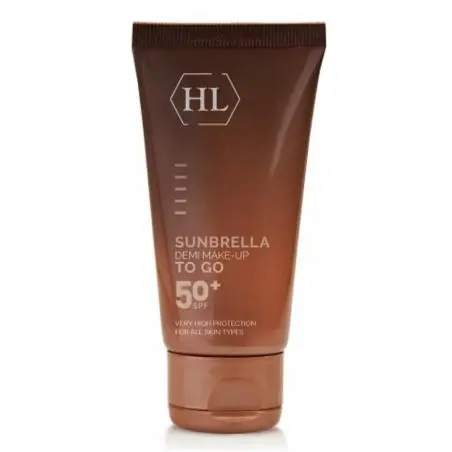
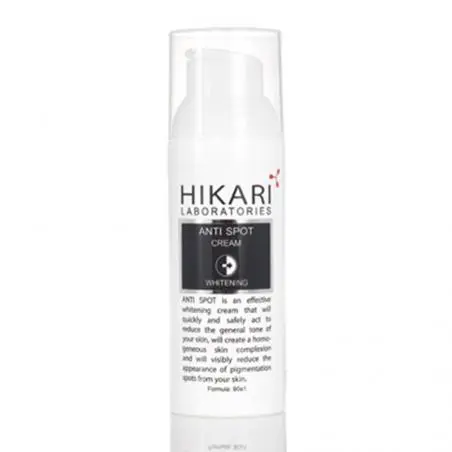
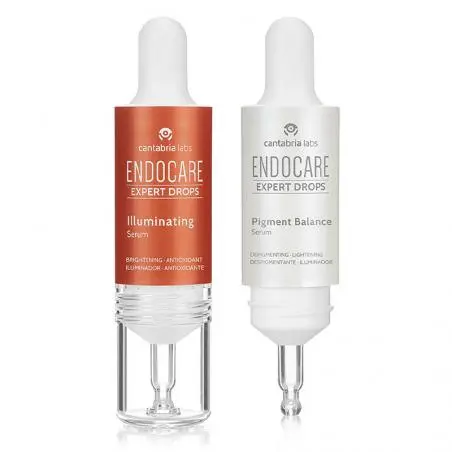
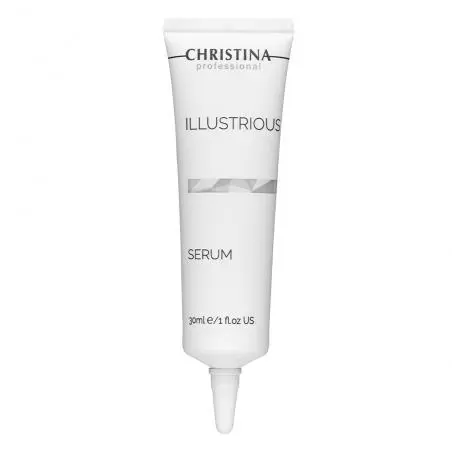
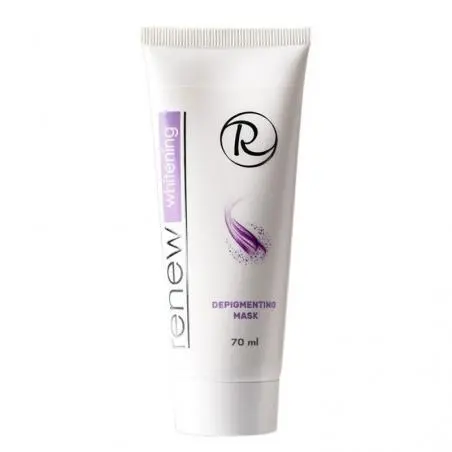
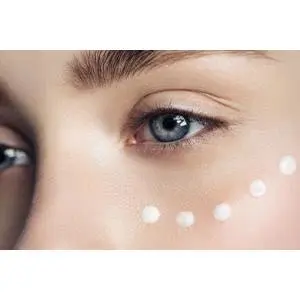

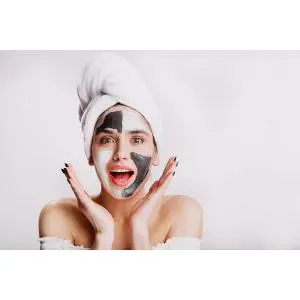
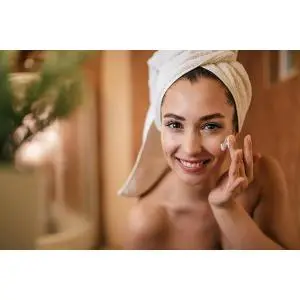

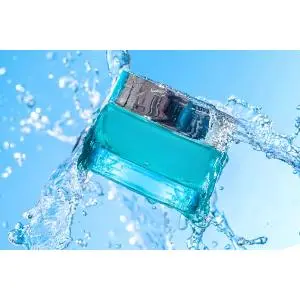

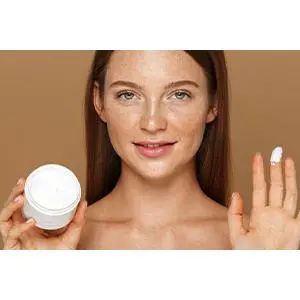

Comments
Leave your comment